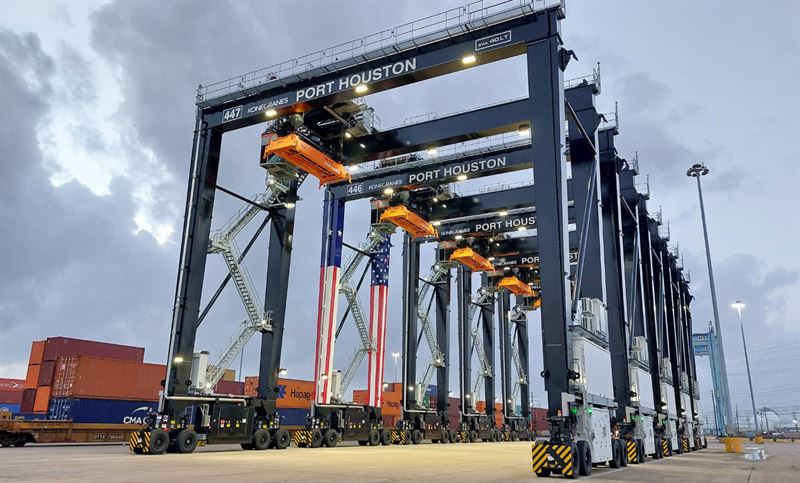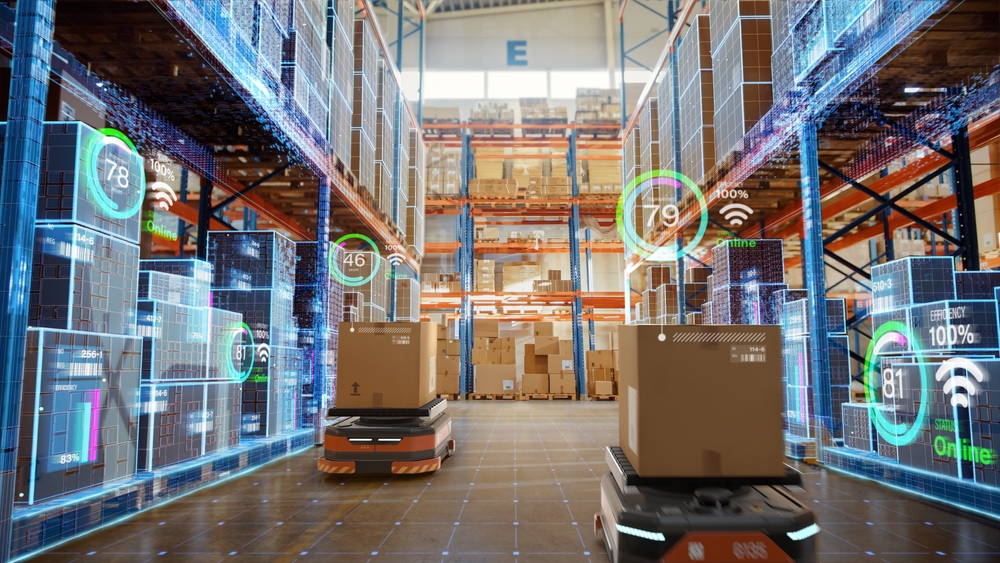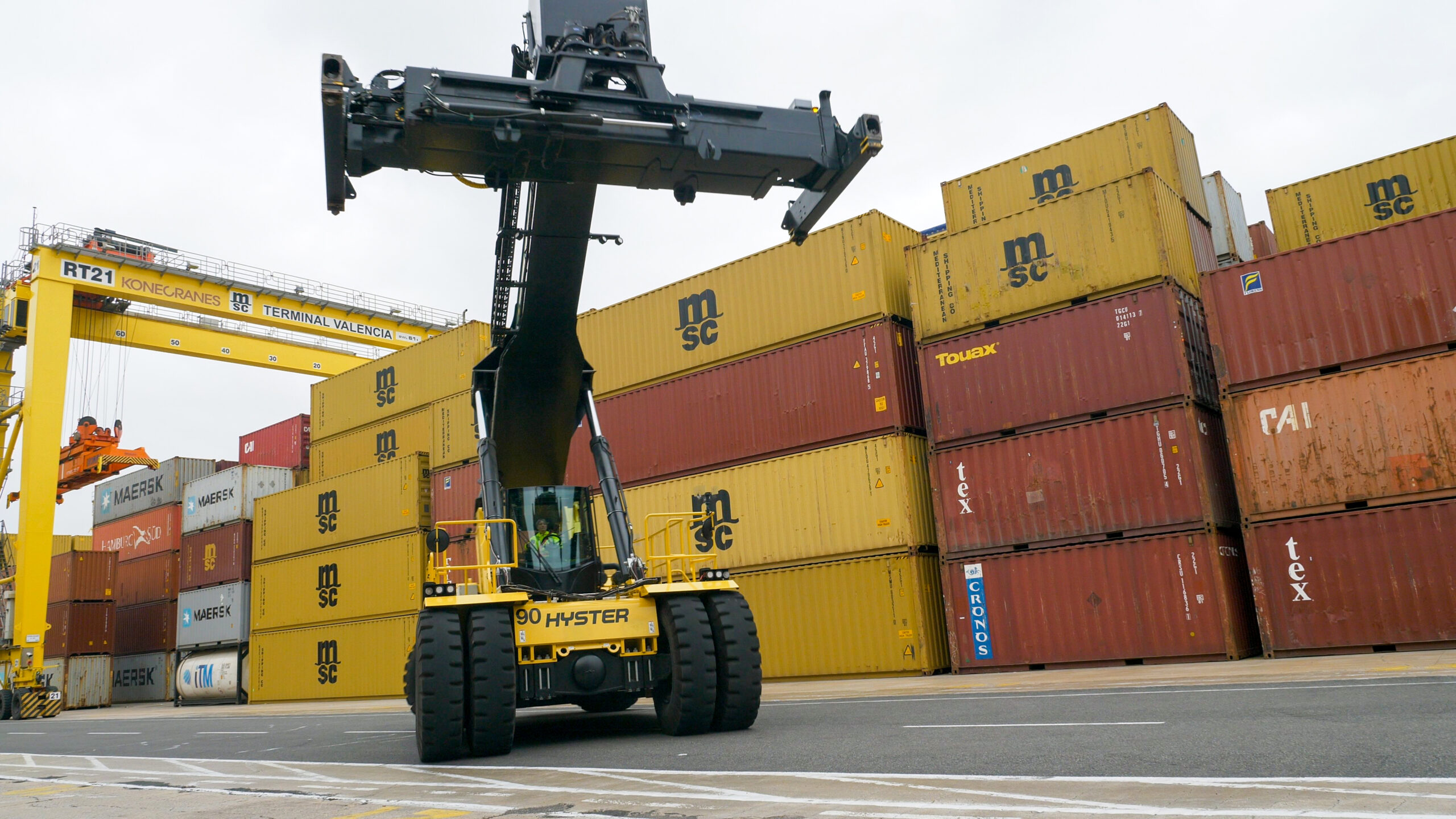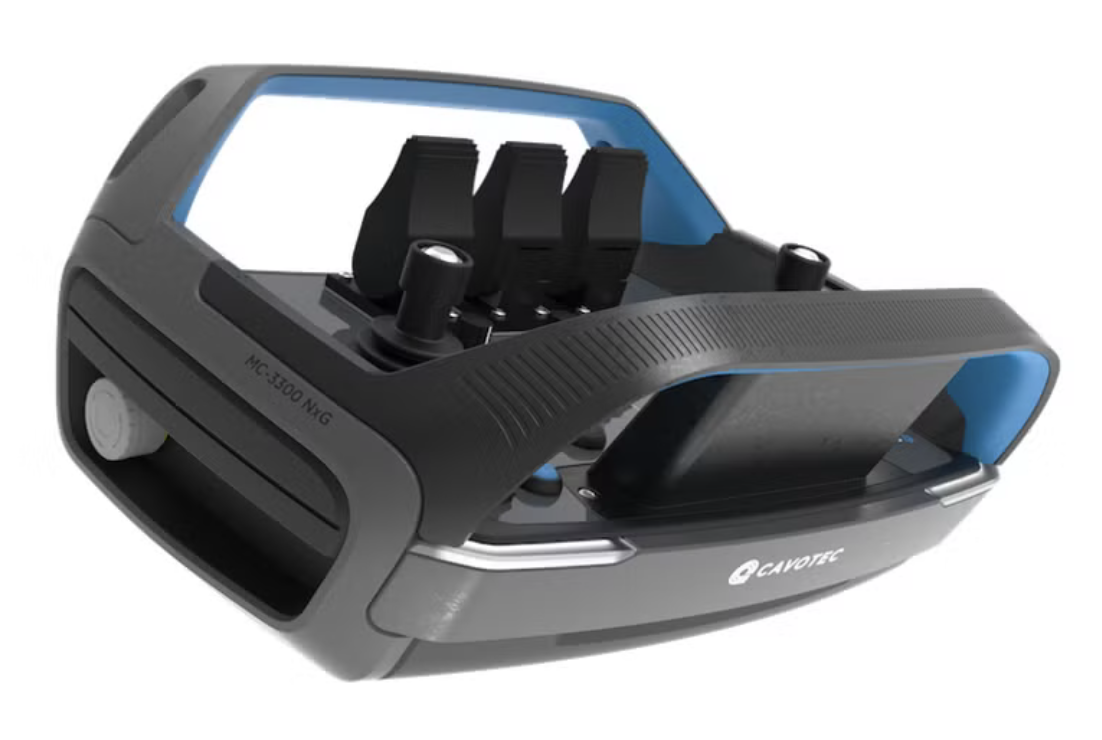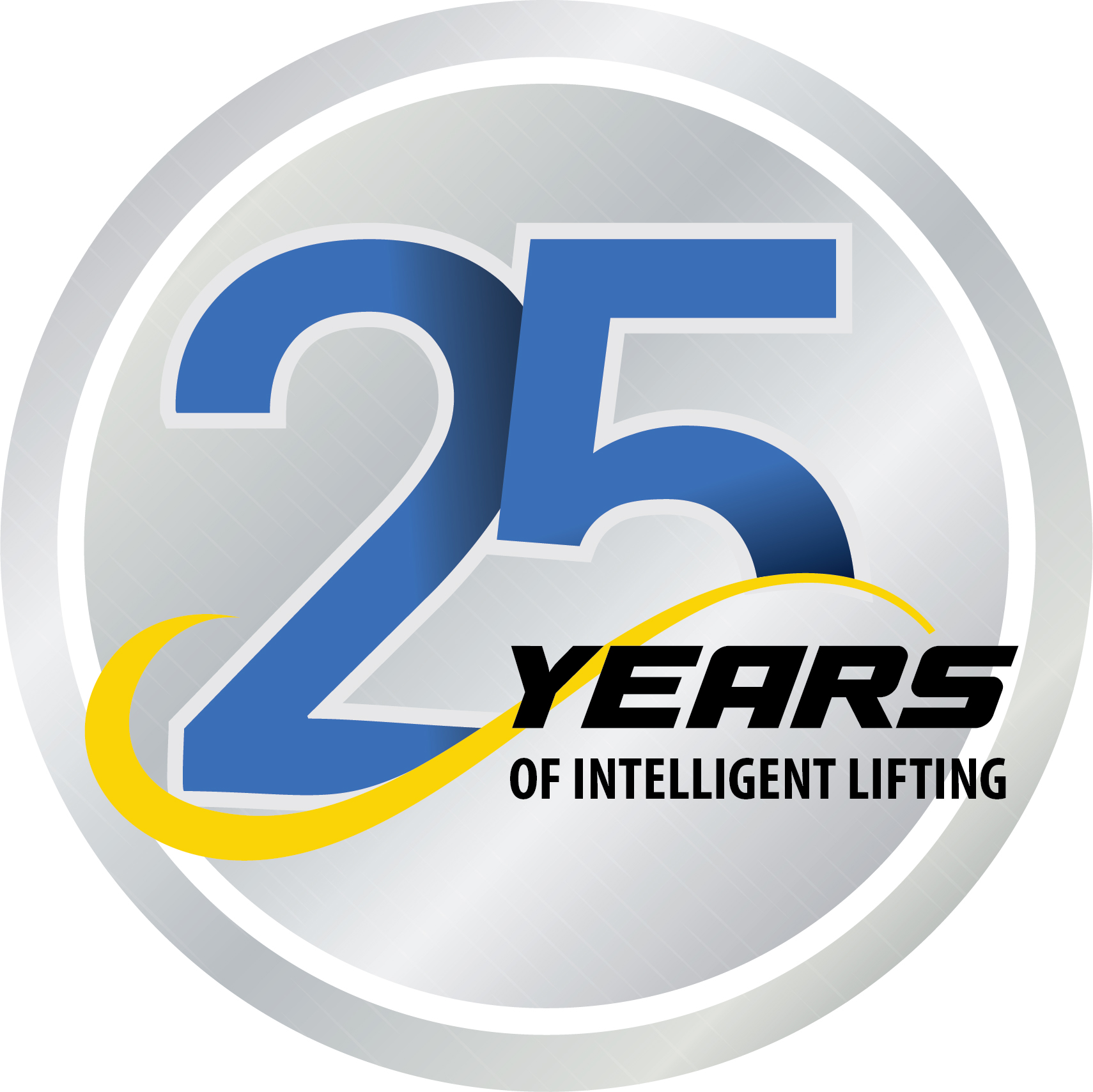ProGMA Video Highlights Safety Solutions to Falling Objects from Overhead Conveyors
The Protective Guarding Manufacturers Association (ProGMA), a product group within trade association Material Handling Industry (MHI), is promoting the fourth in a series of educational videos about preventing accidents resulting from objects falling from overhead conveyor systems. The video can be seen at mhi.org/progma/videos.
As the popular line of animated safety videos continues, ProGMA is delighted to launch the latest edition titled, ‘Prevent Industrial Accidents from Overhead Conveyor Systems’, which focuses on avoiding boxes and other items falling onto personnel or product from various types of high speed automated conveyor and sortation systems in today’s fast-moving manufacturing and distribution centers.
Falling product is a major safety issue not only in regards to protecting employees but also saving it from damage and loss. Falls can be caused by uneven distribution, overload, operating the system at an excessive speed, and malfunction of equipment. The video will be of interest to engineers designing a facility that will have conveyors; plant and safety managers who are planning on purchasing or already have conveyors installed; corporate representatives who need to be conscious of the cost of falling products and or injuries to employees; and those who have had an incident that now need to rectify an unsafe situation.
The 1:50min-long video features an animated environment much like many manufacturing facilities or distribution centers in North America, featuring lift trucks, mezzanines, racking, busy personnel, and overhead conveyors transporting boxes above the workplace below. As the voiceover says, such technologies are typically safe and efficient—if nothing falls from them. Understanding applications and properly applying safety netting or wire enclosures can capture wayward boxes or items, it adds.
Ray Niemeyer, director of business development at SpaceGuard Products Inc. and chairman of ProGMA, said: “The video creates a short, clear picture of the importance of using the appropriate fall protection devices for any overhead system, like spiral and powered conveyor or monorail systems. Preventing objects from falling below is critical to employee and operation safety along with trying to prevent product damage and loss.”
Niemeyer pointed to four main solutions offered by ProGMA members: sensing devising, including photo eyes and light curtains to sense product movement; netting solutions, both nylon and plastic that provide flexible guarding options; wire partition guarding, which provides rigid structural guarding; and guardrails (polymer or steel). Wire mesh partitions can be used below to quarantine an area from people or equipment to keep it safe from falling objects above, Niemeyer added.

Heavy boxes can fall onto unsuspecting personnel if appropriate protection isn’t in place.
Critical safety measure
Bill Kiel, president and CEO at Carron Net Company Inc. and representative of ProGMA, said: “Many large distribution facilities depend on their conveyance equipment being up and operable virtually 24/7. Designing and implementing a guarding solution that allows for quick access to product that has become jammed or has fallen off the system is critical to the operation of these facilities, as is the ability to easily access them for maintenance and repair.”
Kiel explained that it is important for the guarding product to be see-though because it allows for easy, visual inspection of the conveyor while in operation as well as fast identification of trouble areas should there be a jam or back up once the net is installed along or under the conveyor line. Nylon mesh, for example, offers the benefit of not being rigid and thus allowing containment / retention of product without it being damaged.
ProGMA member companies provide a selection of guard netting and wire partition options that accommodate virtually any application; the load to be retained and mesh size are the two primary determining factors. End users order these solutions in both standard and modular sizes based on their overhead guarding requirements, which can be altered in the field if needed or sized to the length and width of each individual run of conveyor to be protected. ProGMA members can readily accommodate either preference.
Kiel concluded: “It is advantageous to be able to include a guarding solution at the time the conveyor is installed rather than waiting until after a functional problem or, worse, an injury incident occurs. We partner with conveyor manufacturers to provide guard netting for their systems at the time they are sold. However, our members sell product every day that is to be installed on existing conveyor lines.”
The video can be seen at mhi.org/progma/videos.


